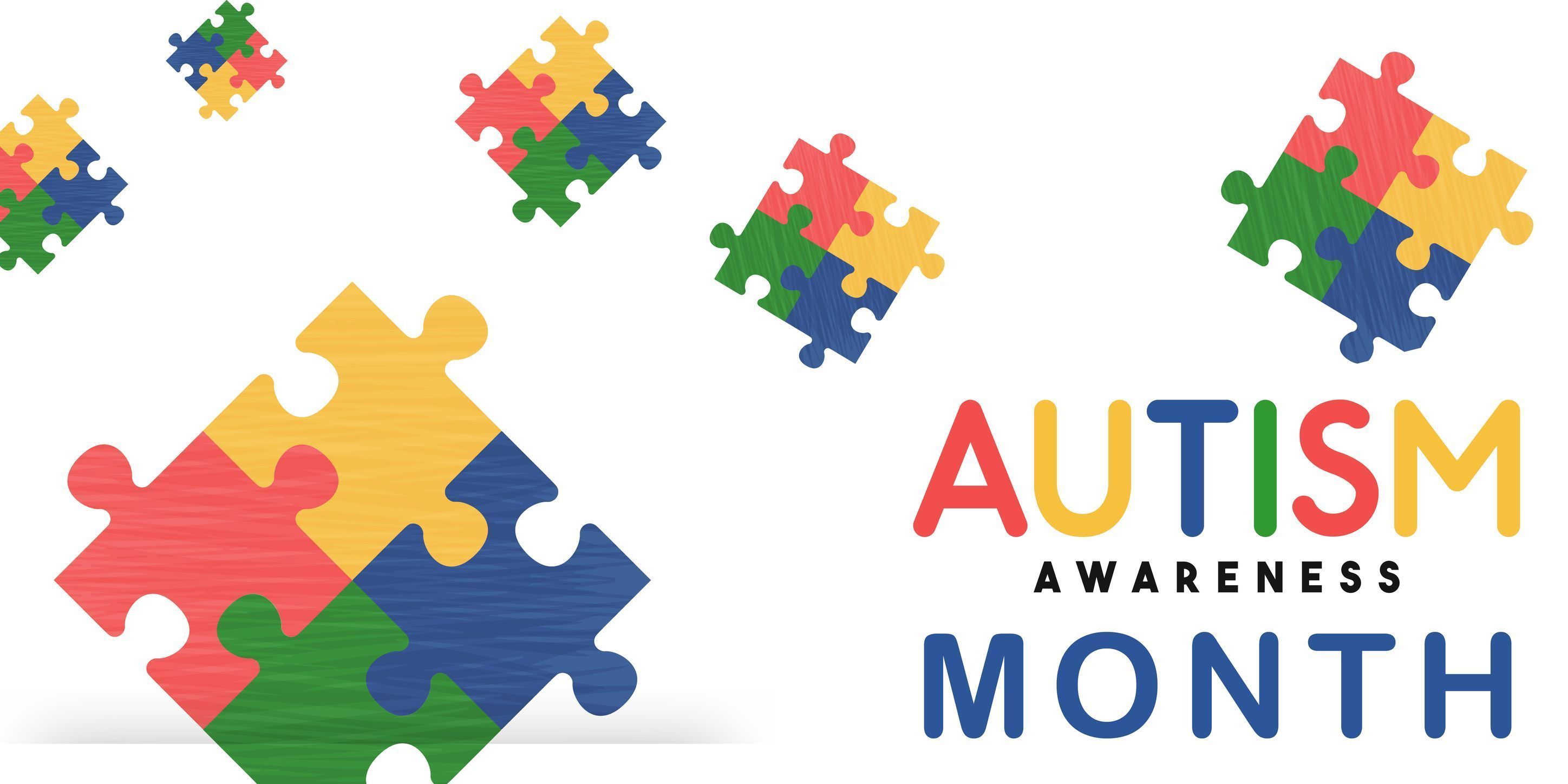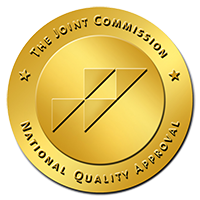
Autism is a lifelong condition associated with a varied course from early child- hood through adulthood. Occupational therapy practitioners are distinctly qualified to support productive and meaningful participation in community ac- tivities that enhance quality of life for individuals with autism and their families. Because of their expertise in activity and environmental analysis, occupational therapy practitioners are particularly skilled in using evidence-based strategies to address self-regulation and sensory needs, adaptive skills, motor develop- ment, mental health, social participation, and daily life skills.
Occupational therapy practitioners work in natural settings where individuals with autism typically engage in daily activities, such as child care centers, schools, homes, worksites, adult day care, or residential settings, as well as clinical setting such as hospitals and private clinics. The role of the occupational therapy practitioner includes providing direct services, consulting and collaborating with others (including family members, educators, employers, or health team members), and advocating for modifications and accommodations that support community inclusion. One key role for occupational therapists is contributing to early detection of autism and making recommendations for services
that are associated with positive outcomes Practitioners support families by discussing typical developmental milestones, promoting engagement in age-appropriate activities, and providing community resources that support participation. If developmental concerns are noted, occupational therapy practitioners may refer families to screening tools such as the Modified Checklist for Autism
in Toddlers (M-CHAT; https://www.m-chat.org), and recommend early intervention services.
Occupational therapists evaluate sensory, motor, cognitive, social, and communication skills of children and adults with autism that are related to their participation in everyday life activities. Particular emphasis is placed on assessing sensory motor, emo- tional regulation, social relationship, and self-advocacy skills with the aim of facilitating full inclusion within the community. Identifying strengths and abilities, as well as needs and challenges, is important in the evaluation process, as the characteristics across the spectrum of autism vary widely among individuals and across the lifespan. The results of the occupational therapy evaluation contribute to the development of an intervention plan and intervention goals in collaboration with the family and person with autism with a focus on what they need and want to do. In providing interventions, occupational therapy practi- tioners prioritize individual self-determination and the right to choice and control to encourage development of self-advocacy skills. They use specific knowledge and skills based on the best available evidence to promote health, establish skills, maintain abilities, and modify barriers to participation. Occupational therapy interventions include:
- independent living skills training and modifications
- motor development and motor planning skill development
- sensory integration and sensory-based strategies
- positive mental health strategies
- social emotional development and self-regulation strategies and programs
- behavioral approaches, in collaboration with team members to support participation
- peer group and peer-mediated strategies
- social participation activities
- play and/or leisure participation activities
- cognitive-behavioral approaches that support positive behaviors
- visual supports such as schedules, timers, and video modeling
- technology recommendations in education and work activities
- strategies to support personal responsibility and self- advocacy skills
- approaches and strategies to promote transition to adulthood
- work readiness skill development
Occupational therapy practitioners may provide services in a variety of settings, such as:
- Early intervention programs
- Preschools, elementary schools, middle schools, and high schools
- Private practice clinics
- Behavioral health programs
- Vocational sites
- Day programs
As a skilled health rehabilitation and education related service, occupational therapy evaluation and intervention may be cov- ered through a variety of sources. These include the Individuals with Disabilities Education Act (IDEA), private pay, private insurance, Medicare, Medicaid (including waiver programs), Developmental Disabilities Administration programs, Vocational Rehabilitation agencies, and grant-funded programs.
Occupational therapy is foundational to developing skills for participation in life activities for individuals across the autism spectrum at all ages. Because individuals on the autism spectrum face challenges throughout their lives, occupational therapy practitioners focus on developing skills needed for successful transition to adulthood and on meaningful community engage- ment. Occupational therapy practitioners are distinctly positioned to provide support at any stage of life and to problem solve strategies to reduce barriers to successful community participation in meaningful activities.



